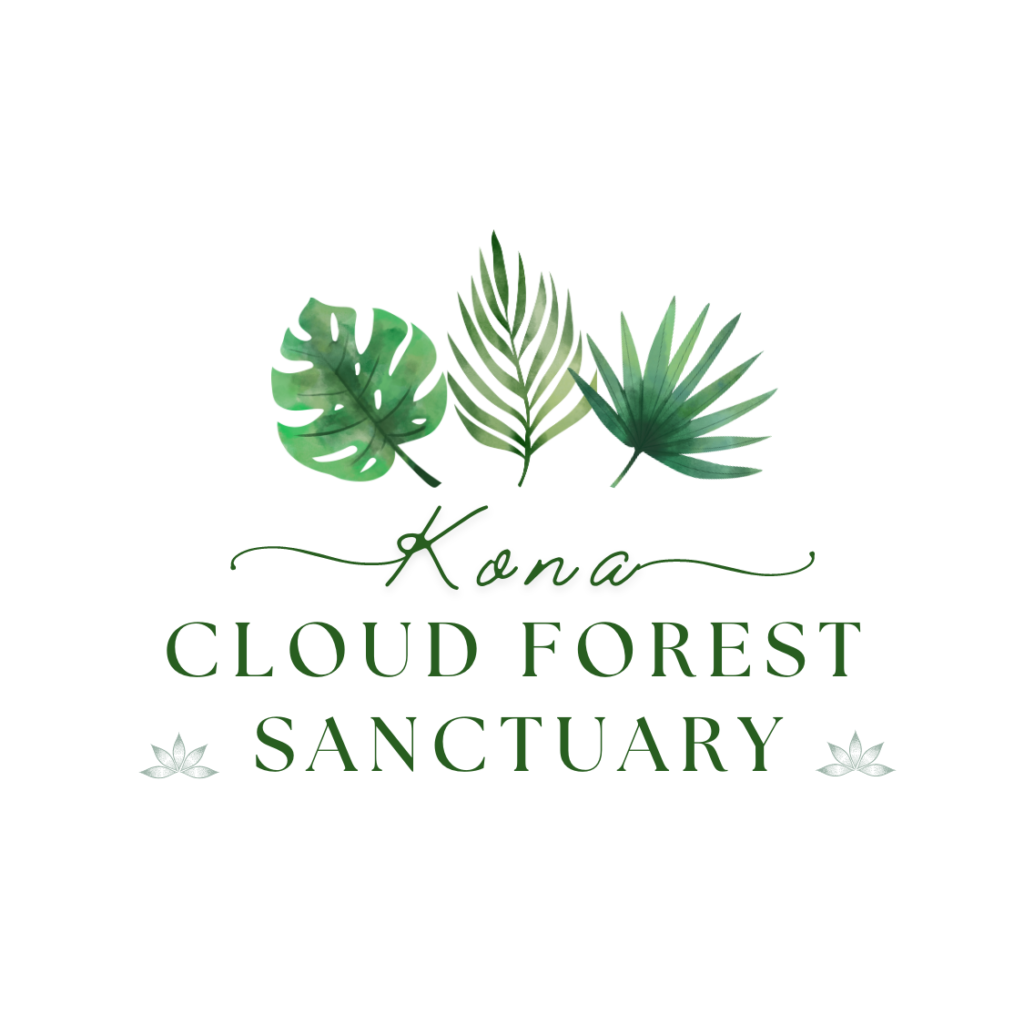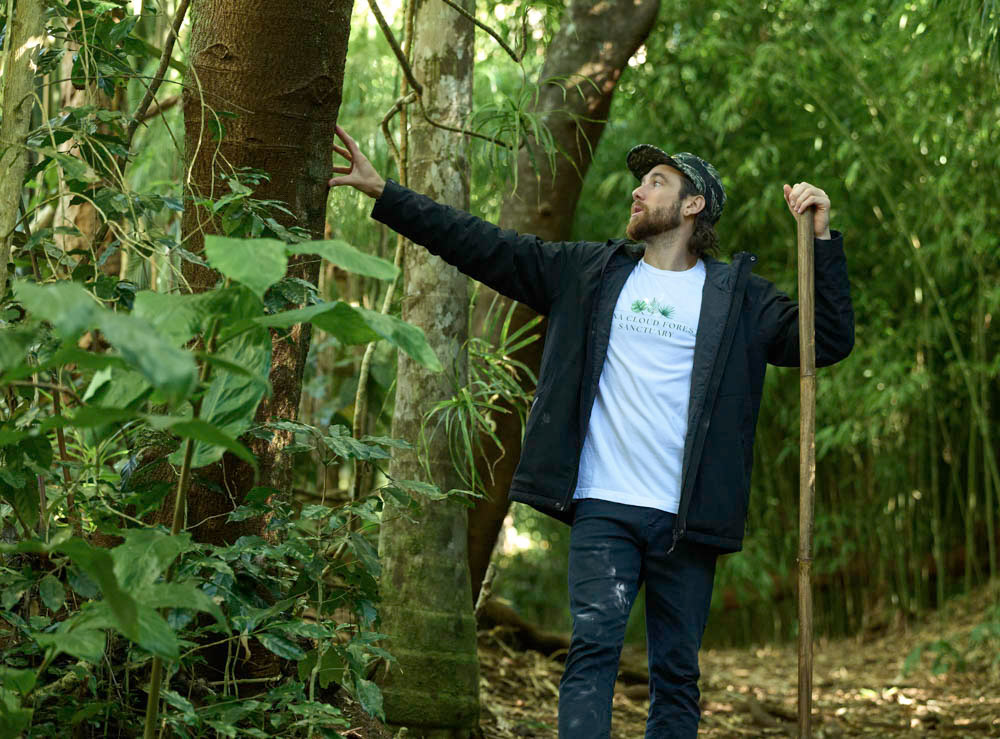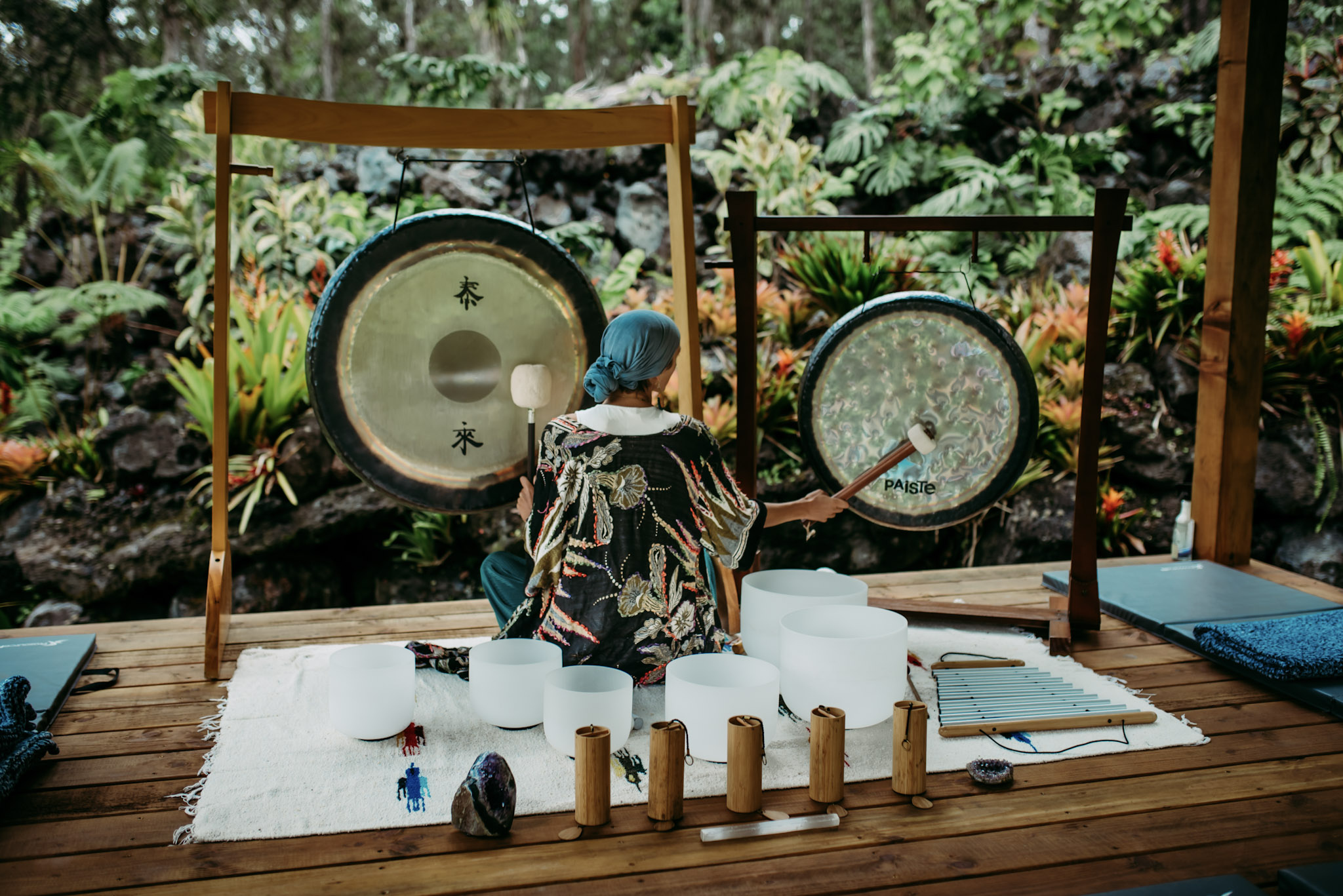Hawaii is more than just a paradise of sandy beaches and lush landscapes. It’s a unique ecosystem, home to diverse flora and fauna found nowhere else in the world. However, Hawaii’s natural beauty is fragile, and the need for sustainability has never been more critical. Enter the people of Hawaii’s sustainability educators—the guardians of the ‘Āina (land), who are preserving both the environment and cultural heritage. These educators not only teach the importance of living sustainably but also connect people with the land, emphasizing the sacred bond between humans and nature. In this article, we’ll dive deep into why we appreciate Hawaii’s sustainability educators and the crucial role they play.
Understanding the Concept of ‘Āina (Hawaiian Land Ethic)
In Hawaiian culture, the land—known as ‘Āina—is more than just a resource. It’s a living, breathing entity that sustains life. The word ‘Āina translates to “that which feeds,” and it highlights the profound connection between the people and their environment. Unlike the more industrialized notion of land ownership, Hawaiians see themselves as stewards of the land. They believe that caring for the land means caring for future generations. This ethic is deeply embedded in sustainability efforts today, thanks to the work of dedicated educators who keep this tradition alive.
The Role of Sustainability Educators in Hawaii
Sustainability educators are on the front lines of the environmental movement in Hawaii. They are the ones who bridge the gap between traditional wisdom and modern environmental science. Whether they’re teaching in classrooms, leading community workshops, or organizing volunteer activities, these educators are essential in spreading awareness about the importance of sustainability. They focus on protecting natural resources, promoting renewable energy, and reducing waste, all while preserving Hawaii’s unique cultural practices.
The Importance of Environmental Education in Hawaii
Why is environmental education so vital in Hawaii? The islands are in a vulnerable position due to their isolation, making them especially susceptible to issues like climate change and resource depletion. Educating the public—especially younger generations—about environmental stewardship is key to ensuring Hawaii remains beautiful and sustainable for years to come. Through hands-on learning experiences, students and community members alike gain a deeper understanding of how their actions affect the environment.
Challenges Faced by Hawaii’s Environment
Hawaii faces numerous environmental challenges, some of which threaten the islands’ very existence. Climate change, rising sea levels, invasive species, and the environmental impact of tourism are among the most pressing issues. Sustainability educators play a crucial role in addressing these challenges by providing knowledge and tools to combat them. They work tirelessly to foster a sense of responsibility among both locals and tourists to ensure the islands’ long-term health.
Incorporating Hawaiian Culture into Sustainability Efforts
A key aspect of sustainability education in Hawaii is the integration of traditional Hawaiian knowledge, or “ike,” into modern practices. Ancient Hawaiians were masters of sustainable living, practicing methods like fishpond farming and rotational farming (ahupua’a system) that kept resources balanced. Today’s educators incorporate these practices into their teachings to not only preserve cultural heritage but also demonstrate that these methods are still effective.
The Intersection of Tourism and Sustainability Education
Tourism is both a blessing and a curse for Hawaii. While it brings in revenue, it also puts immense pressure on natural resources. Hawaii’s sustainability educators work closely with the tourism industry to promote responsible practices. Through eco-tours, educational programs, and partnerships with hotels and travel companies, these educators spread the message of sustainability to visitors. Tourists are encouraged to respect the land, reduce waste, and support local, eco-friendly businesses.
Community Involvement in Sustainability Initiatives
Sustainability education isn’t just for the classroom. Community involvement is a cornerstone of these efforts. From local beach cleanups to reforestation projects, sustainability educators engage communities in hands-on activities that make a direct impact. They emphasize that sustainability is a collective responsibility and that everyone has a role to play, from locals to visitors. Community-based initiatives not only improve the environment but also strengthen cultural ties.
Case Studies: Inspirational Sustainability Educators in Hawaii
There are countless individuals who have made a lasting impact on Hawaii’s sustainability landscape. Take, for example, kumu (teacher) Lehua Kamalu, who uses traditional voyaging to teach sustainability, or Dr. Haunani Kane, a native Hawaiian climate scientist who educates about rising sea levels. These educators lead by example, showing how traditional knowledge and scientific expertise can come together for the greater good of the islands.
Promoting Sustainable Agriculture and Food Systems
Sustainability doesn’t stop at conservation—it extends to food systems as well. In Hawaii, educators promote local, sustainable farming practices that reduce reliance on imported goods. By teaching techniques like organic farming and permaculture, they ensure that communities can feed themselves in an environmentally responsible way. This not only supports the environment but also boosts local economies.
Marine Conservation and the Role of Educators
Hawaii’s rich marine ecosystems are just as vulnerable as its land-based ecosystems. Coral reefs are under threat from warming waters, pollution, and overfishing. Sustainability educators play a crucial role in promoting marine conservation. They teach students and communities about the delicate balance of marine life and encourage practices like sustainable fishing, reef protection, and reducing plastic waste.
Building a Sustainable Future Through Education
The work of sustainability educators isn’t just about solving today’s problems—it’s about building a better future. By educating the next generation, these individuals are ensuring that Hawaii’s environmental and cultural legacy endures. Their teachings instill values of respect, responsibility, and reverence for the land, ensuring that future leaders are prepared to face environmental challenges head-on.
How Sustainability Education Addresses Climate Change
Climate change is one of the biggest threats to Hawaii, with rising temperatures and sea levels already causing noticeable impacts. Sustainability educators are at the forefront of this battle, educating communities about mitigation and adaptation strategies. They focus on reducing carbon footprints, promoting renewable energy, and encouraging lifestyle changes that lessen environmental impact.
Incorporating Modern Technology in Sustainability Efforts
While traditional knowledge is invaluable, modern technology also plays a critical role in sustainability efforts. From renewable energy systems like solar panels to data-driven conservation strategies, Hawaii’s sustainability educators are integrating cutting-edge tools into their teaching. This combination of ancient wisdom and modern innovation is helping create a more resilient Hawaii.
Conclusion
Hawaii’s sustainability educators are true guardians of the ‘Āina. Their work goes beyond teaching—it’s about preserving a way of life, protecting the environment, and ensuring a sustainable future for generations to come. By combining traditional Hawaiian practices with modern techniques, they are making a profound impact on both the environment and the people who call Hawaii home. In a world facing increasing environmental challenges, their efforts are more important than ever.
FAQs
Why is ‘Āina important in Hawaiian culture?
‘Āina is viewed as a living entity that sustains life, and the relationship between people and land is deeply spiritual, emphasizing care and respect for future generations.
How can tourists support sustainability in Hawaii?
Tourists can support sustainability by choosing eco-friendly accommodations, participating in local conservation efforts, and respecting cultural and environmental guidelines.
What is the biggest challenge facing Hawaii’s environment today?
Climate change, particularly rising sea levels and increasing temperatures, poses a significant threat to Hawaii’s ecosystems and communities.
How do sustainability educators incorporate traditional Hawaiian knowledge?
They blend ancient practices, such as fishpond farming and the ahupua’a system, with modern sustainability techniques to promote a balanced, respectful relationship with nature.
What are some ways to get involved in sustainability efforts in Hawaii?
Locals and visitors alike can participate in community cleanups, volunteer for conservation projects, and support local, sustainable businesses and food systems.
Are you looking for a one of a kind experience on your next trip to the Island of Hawai’i? Come see us at the Cloud Forest Sanctuary! Enjoy guided Mindful forest experiences in the only seasonally dry tropical cloud forest in the United States. Relax with a sound bath meditation session, experience yoga, learn about forest conservation, or participate in our workshops and events. Hope to see you soon!








